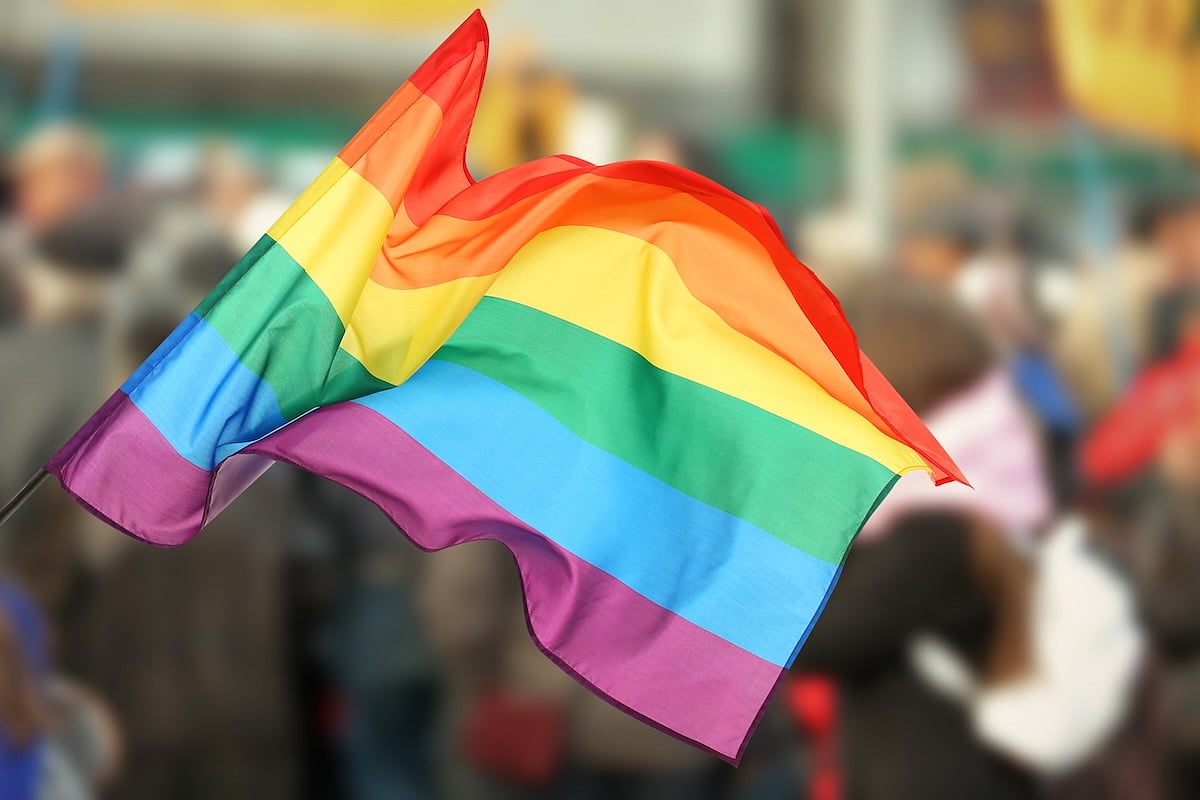Get Healthy!

- Posted October 20, 2025
Mental Health Distress Increasing Among LGBTQ+ Youth
Mental health distress is rising among America’s LGBTQ+ teenagers and young adults as they’ve increasingly become targets of discrimination and cruelty, a new report says.
Anxiety, depression and suicidal thoughts all rose among young LGBTQ+ people between September 2023 and March 2025, according to data gathered by The Trevor Project, a leading suicide prevention and crisis intervention group for the LGBTQ+ community.
The report shows that among LGBTQ+ people aged 13 to 24:
Anxiety symptoms rose from 57% to 68%.
Depression symptoms increased from 48% to 54%.
Suicidal thoughts rose from 41% to 47%.
Transgender and nonbinary youth are at particular risk, according to the report. They were twice as likely to report anxiety (70% versus 42%) and suicidal thoughts (53% versus 28%) compared to peers whose gender identity corresponds with their birth sex.
“While many of the findings in this study are devastating, they are not surprising: LGBTQ+ young people in this country continue to face elevated levels of stigma and political rhetoric, which take a serious toll on their mental health and well-being,” Jaymes Black, CEO of The Trevor Project, said in a news release.
“I hope that lawmakers, community leaders and youth-serving professionals take stock of these research findings, and join our efforts to support the health and safety of LGBTQ+ young people across the country,” Black said.
The Trevor Project’s first-ever study involves nearly 1,700 LGBTQ+ teens and young adults who are surveyed every six months. The study is called Project SPARK.
“This report provides one of the first, and only, national-scale portraits of LGBTQ+ youth mental health in the U.S. that follows the same young people over time, rather than offering a one-time snapshot of their experiences,” Ronita Nath, vice president of research at The Trevor Project, said in a news release.
These mental health struggles are linked to widespread experiences of victimization and discrimination, the report found.
One-third of participants suffered physical harassment or threats due to their sexual orientation, including two-fifths of transgender and nonbinary people because of their gender identity.
Further, about 55% reported discrimination because of their sexual orientation, including 66% of transgender and nonbinary people.
Results also showed that LGBTQ+ youth in crisis have less access to mental health care. At the start, 80% who wanted care said they could get it, but that dropped to 60% the next year.
Top barriers to access to mental health care included cost, fear of not being taken seriously and fear that they’ll be hospitalized against their will, the study said.
“They [mental health care professionals] just don’t understand what it’s like to be trans and they don’t take the time to do proper research,” one of the study’s participants told researchers. “I constantly have to educate them which is exhausting and makes me not want to go.”
What’s more, the study found that exposure to conversion therapy has increased during the past year, even though the practice has been condemned by America’s leading mental health organizations.
Threats to send youth to conversion therapy increased from 11% to 22%, while actual exposure rose from 9% to 15% of youth, the report said.
However, there were signs that some LGBTQ+ young people are receiving some much-needed support:
The percentage who felt supported at school rose from 53% to 58%.
Those who turned to a mental health professional doubled from 32% to 64%.
Support from friends jumped from 45% to 73%.
“In some places in school I’m affirmed, like specific teachers’ offices or classes, but some teachers are transphobic and I feel unsafe around them,” one participant told researchers.
The percentage of LGBTQ+ youth living in a home that supported them remained the same, around half (51%).
The study also found that discrimination and threats significantly increased a person's risk of anxiety, depression and suicide, while mental health care and support from family or friends reduced risk.
“By linking repeated measures of risk and protection to later anxiety, depression and suicidal ideation, the study moves beyond prevalence to demonstrate which experiences precede changes in health,” Nath said.
Participants in the study are diverse across race and ethnicity, including 68% youth of color, as well as across sexual orientation (23% bisexual, 15% pansexual, 11% queer, 8% asexual), and gender identity (53% transgender, nonbinary or gender-questioning), researchers said.
If you or someone you know is struggling or in crisis, confidential, free help is available from the 988 Suicide and Crisis Lifeline. Call or text 988 or chat 988lifeline.org.
The Trevor Project’s trained crisis counselors also are available 24/7 at 866-488-7386, via chat at TheTrevorProject.org/Get-Help, or by texting START to 678678.
More Information
The National Alliance on Mental Health has more on improving mental health among LGBTQ+ youth.
SOURCE: The Trevor Project, news release, Oct. 16, 2025







